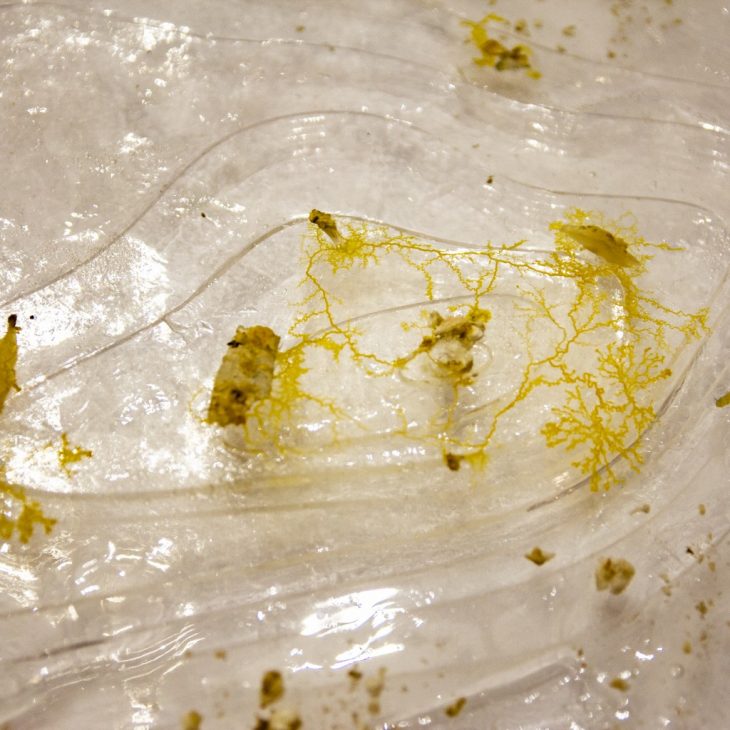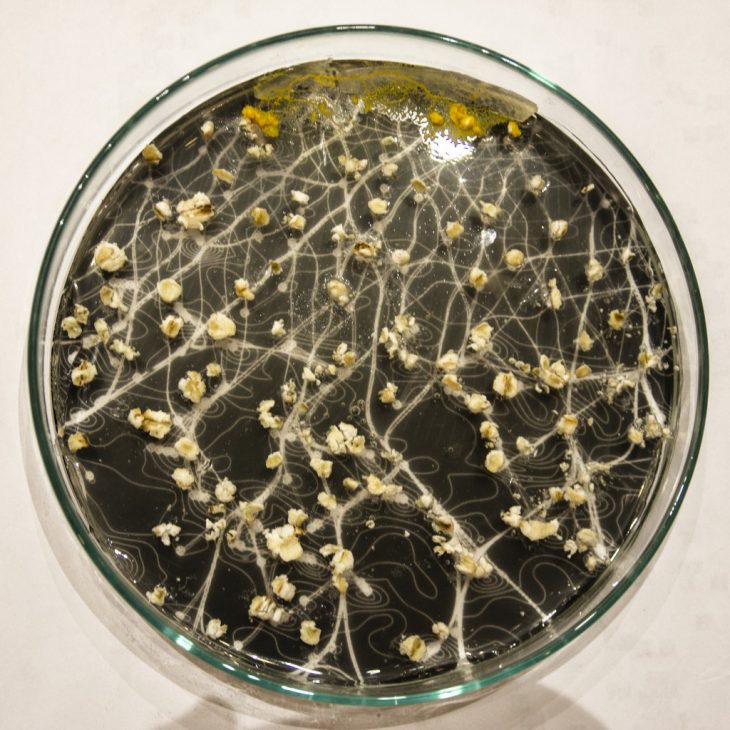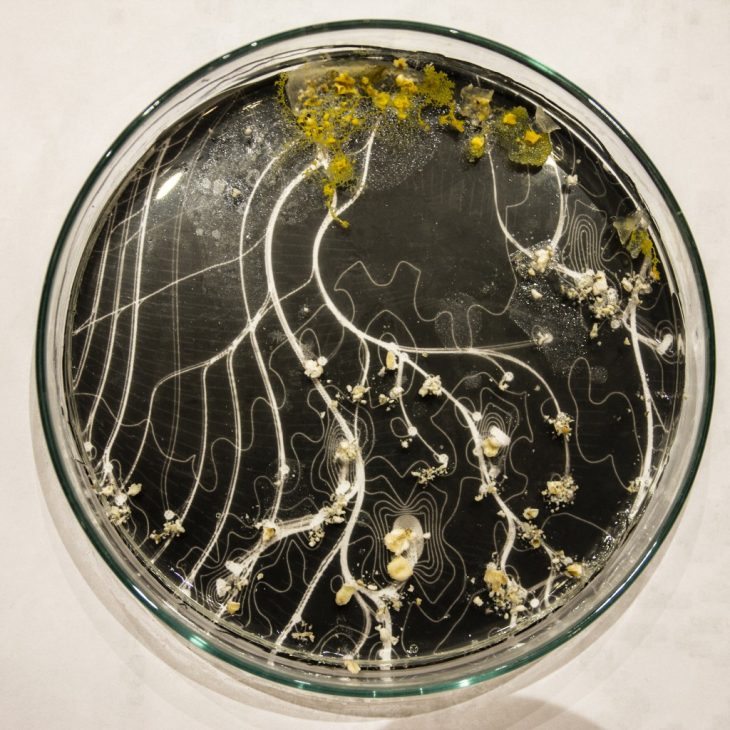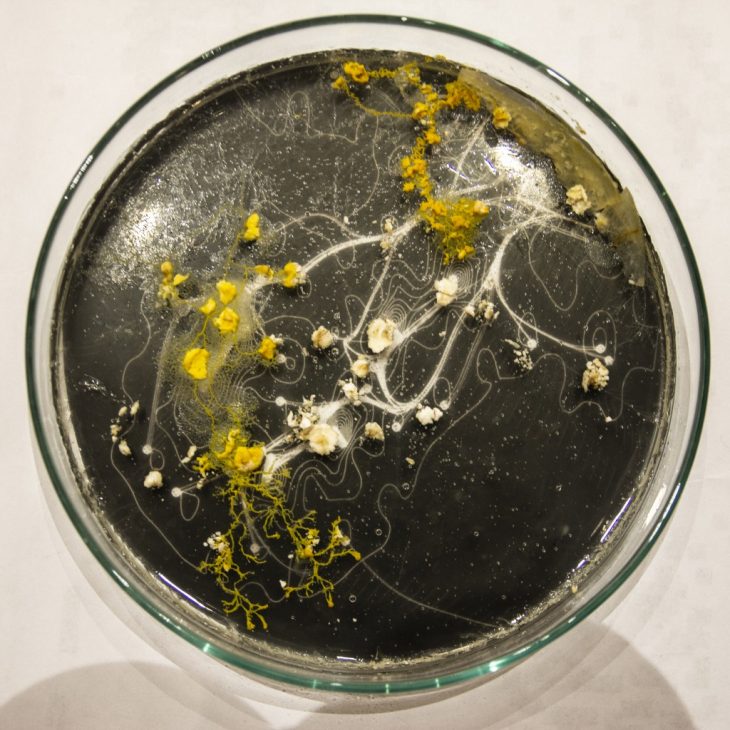WetWare Montjuic
(project by Aysel Abasova and Tolga Kalc?o?lu)
This project strived to expose the underlying patterns of the Montjuic area in Barcelona.
Patterns such as the flow of cool and clean air coming down from the mountain (Montjuic) towards the city.
Our area is Montjuic and its surroundings. It has a specific characteristic in the sense that it has a mountain and coast. Here we choose to work on Urban heat island effect and how it can be prevented. The mountain contains fair amounts of the biotic area which generates clean cool air. The existence of sea nearby also softens and cools its surroundings.
So the next step was to generate the shortest paths to try to simulate the flow of cool clean air down the mountain as well as from the sea.
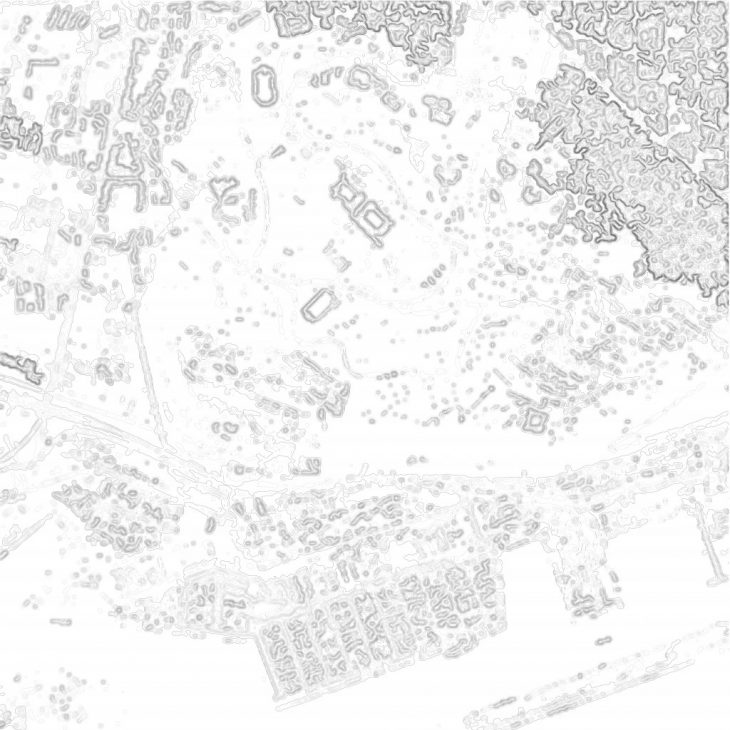
So to start we got the density information of the cityscape from the satellite image as contour lines which resulted in the most populated area being the highest in a metaphorical topography. Which also represents the heat map of the city.
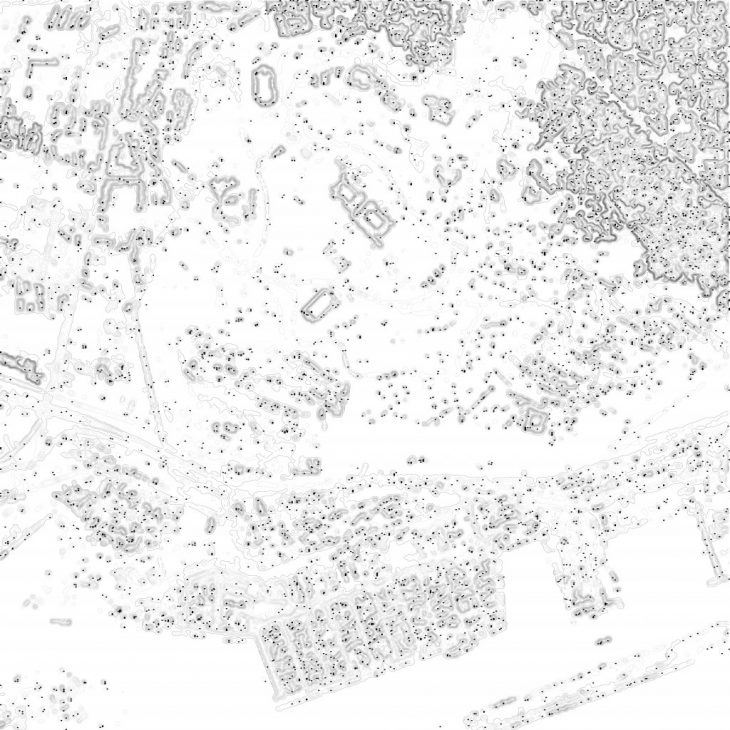
We then got points along these topographies to try to create target points for our paths.
.
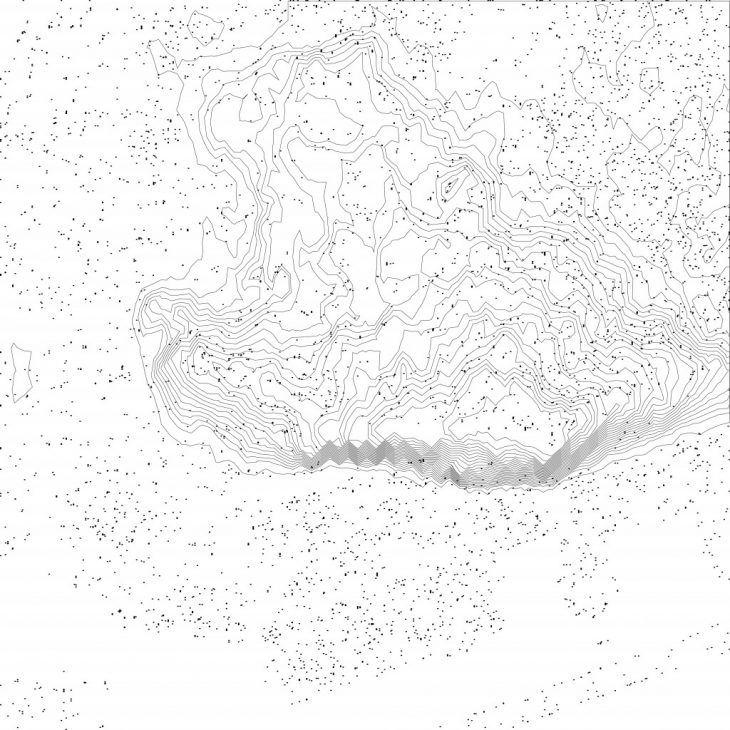
Keeping in mind the actual topography and its role in our the proposition we decided to get the highest point as our source point.
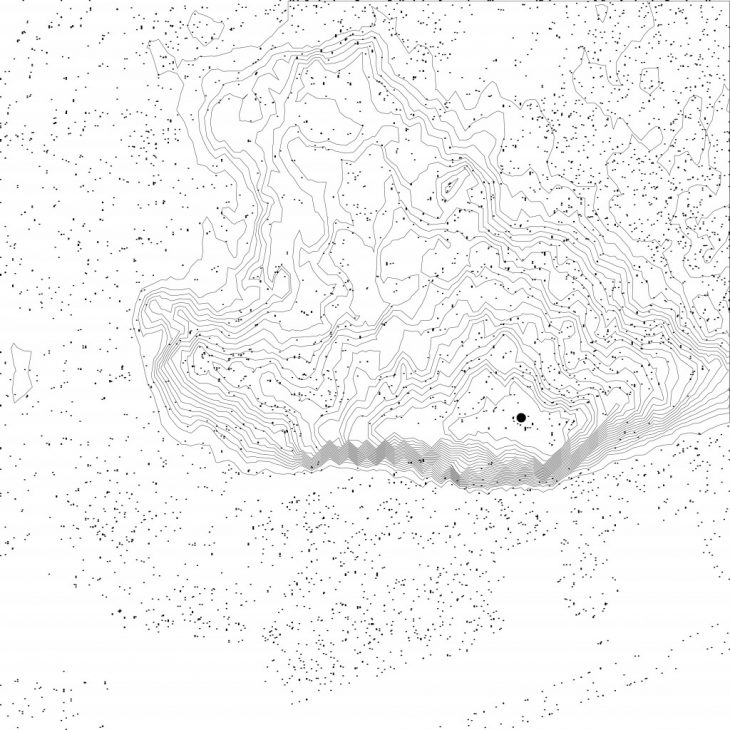
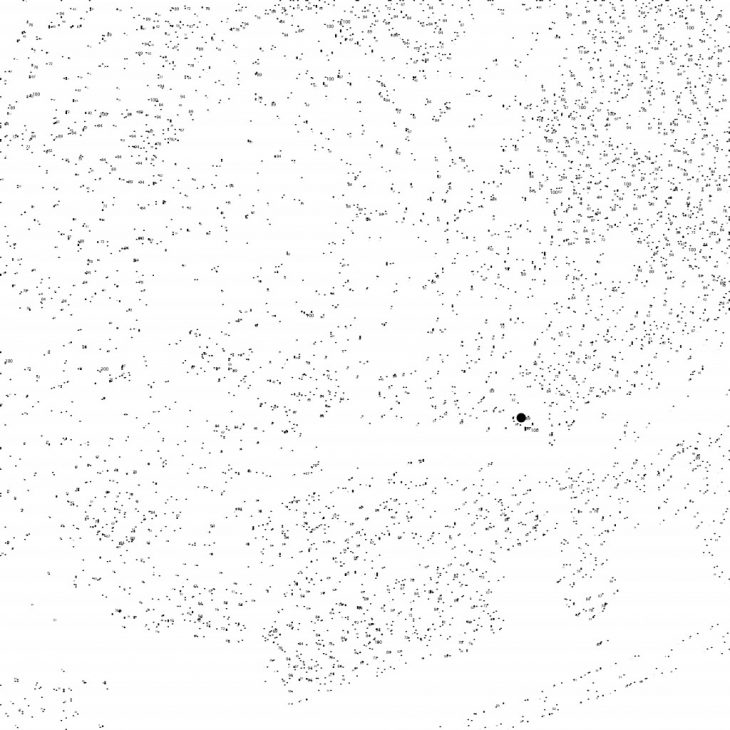
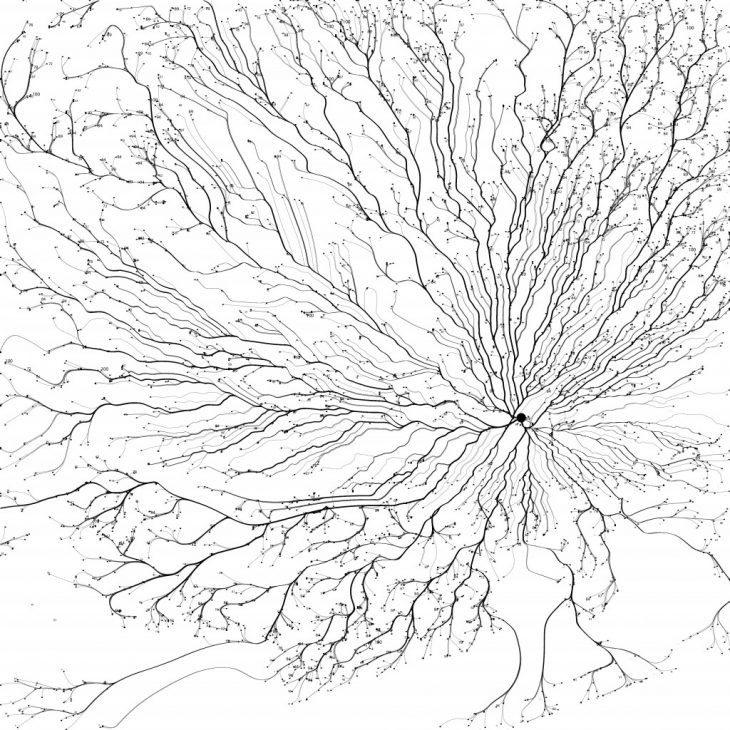
The map above shows the proposed route for the
cool air to travel to the most heated areas of the site.
Since these flows represented the air the existing built environment was not taken into consideration.
At this point, a special type of mold was introduced to our project which is called
the slime mold.
We knew that the slime mold had a tendency to grow downwards in a topography so we got the idea to create the a model of our area and put the slime mold on the top point as seen in the photo. Unfortunately, there wasn’t enough time for it to grow as much as needed.
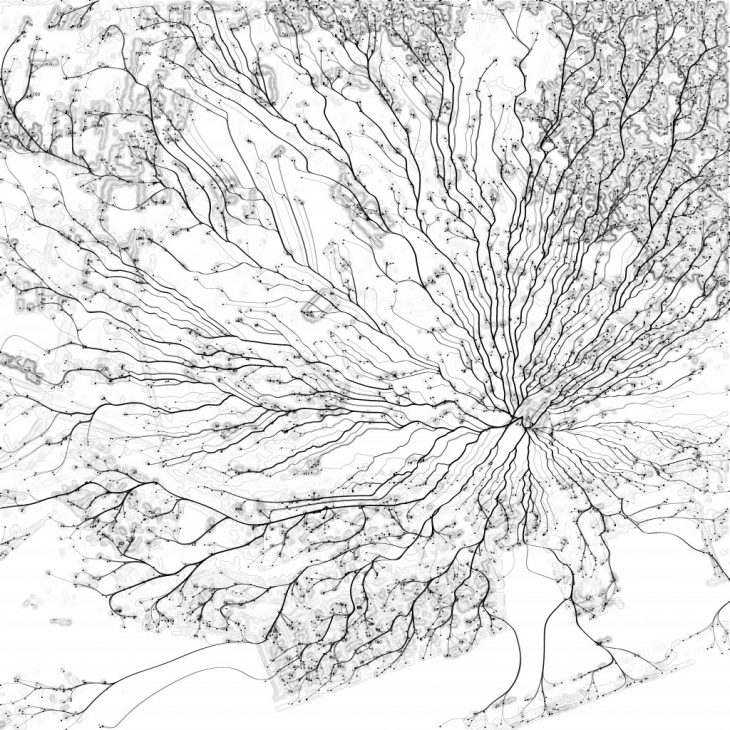
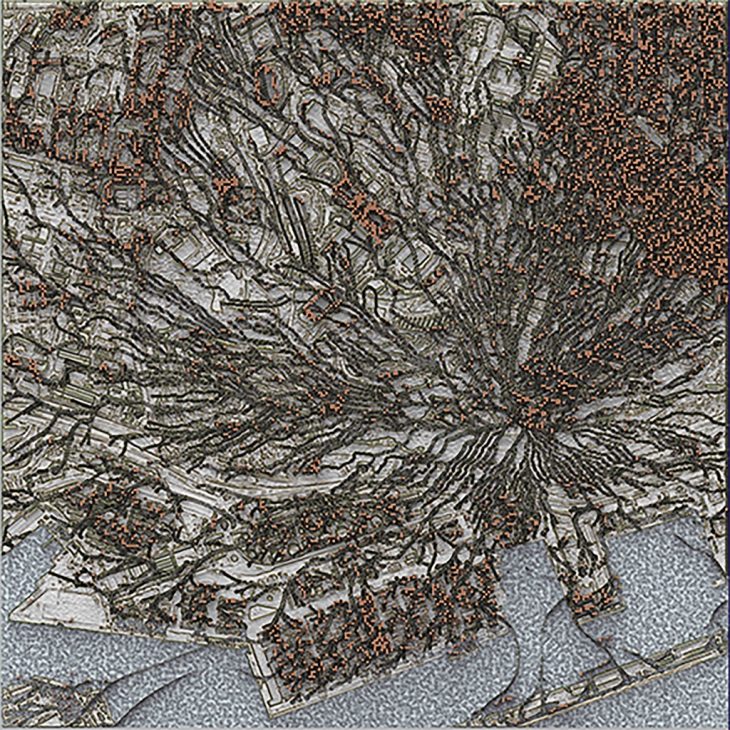
In this render, buildings represented by the orange dots because rather than solid blocks, we thought maybe buildings we could see them ass porous morphologies that do not prevent the flow of air, and the dark green path is like a continuous infrastructure that we suggest to have this flow of cool air that will eventually prevent the urban heat islands effect.
